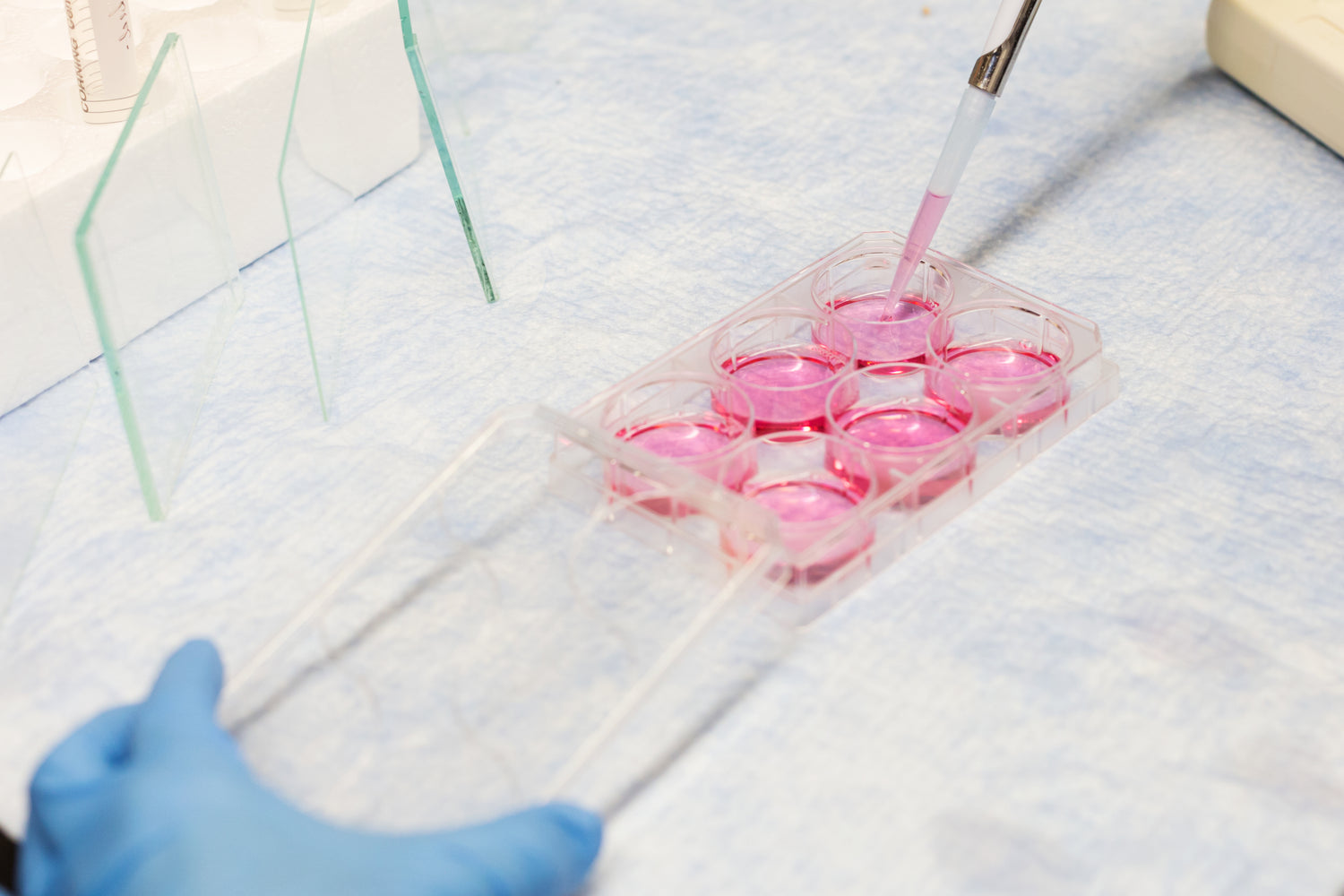With the growing demand for sustainable materials, nanocellulose has attracted much attention as a green material. There are many problems in traditional extraction technology. As a new technology, ultrasound assisted extraction has advantages, but it also faces challenges.
Ultrasound is divided into low intensity and high intensity ultrasound. High intensity ultrasound affects chemical reactions through acoustic cavitation, including nucleation, bubble dynamics and other processes, resulting in a variety of physical and chemical effects.
In nanocellulosic extraction and surface modification, ultrasonic baths and ultrasonic probes are commonly used, and there are differences between the two in terms of energy level and irradiation mode, and ultrasonic probes are more common in industrial applications.
Ultrasound plays the role of defibrillating, promoting mass and heat transfer, homogenization and dispersion in nanocellulose extraction and surface modification, which is helpful to improve extraction efficiency and product quality.
Combined with acid hydrolysis, rhythm-mediated oxidation, enzyme hydrolysis and other chemical treatments, ultrasound can improve the extraction efficiency and yield of nanocellulose and improve product performance, but it also affects the crystallinity and other properties of nanocellulose.
Ultrasound can lead to reduced performance and production efficiency of nanocellulose, cannot be used for extraction alone, high energy consumption, equipment design and process scale-up difficulties, and safety and regulatory issues.
Optimize the conditions of ultrasonic and chemical or enzyme treatment, and screen the enzymes with strong tolerance; Combined with other processing methods; Research and development of efficient ultrasonic equipment; Strengthen industry-university-research cooperation to optimize equipment design; Clarify safety standards.
Ultrasound has advantages in nanocellulosic extraction and surface modification, and its application should be expanded in the future, combined with other technologies to improve production efficiency, in-depth research on the mechanism of action, and optimization of processes and equipment.








